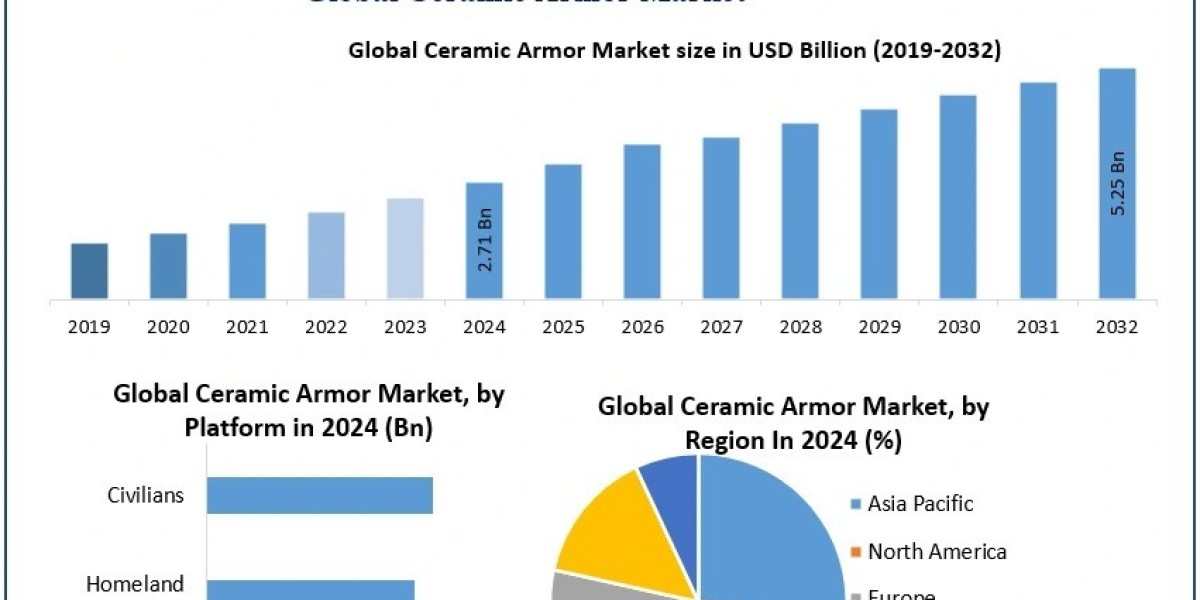Simulation technology enables manufacturers to reduce development costs, shorten time-to-market, and improve product quality by replicating real-world driving conditions in a controlled digital setting.
Automotive simulation is used across multiple domains, including crash testing, aerodynamics, powertrain optimization, thermal management, and advanced driver assistance systems (ADAS) validation. With the rise of electric and autonomous vehicles, simulation is becoming even more critical for testing complex software, battery systems, and AI-driven decision-making without the risks and costs of physical trials.
Advancements in high-performance computing, artificial intelligence, and cloud-based platforms are driving the evolution of simulation tools. Real-time and hardware-in-the-loop (HIL) simulations allow engineers to test vehicle electronics and control systems interactively, while virtual reality (VR) and augmented reality (AR) applications enhance design collaboration and training.
Market growth is being fueled by increasing vehicle complexity, stringent safety and emission regulations, and the need for faster innovation cycles. By enabling early detection of design flaws and performance issues, simulation reduces the reliance on costly prototypes and physical testing.
However, challenges such as high initial software and infrastructure costs, integration complexities, and the need for skilled professionals can limit adoption for smaller manufacturers. Ongoing technological advancements and the growing availability of cloud-based subscription models are helping address these barriers.
Geographically, Europe leads in automotive simulation adoption, driven by strict regulatory standards and strong R&D investment from leading automakers. North America and Asia-Pacific are also witnessing rapid growth, with the latter benefiting from rising vehicle production and adoption of advanced engineering tools. As the industry moves toward greater electrification and automation, simulation will remain a cornerstone of innovation in automotive design and manufacturing.
The automotive simulation market has emerged as a critical enabler in modern vehicle design and development, helping manufacturers reduce costs, speed up time-to-market, and ensure safety and compliance. As automotive systems become more complex—incorporating autonomous features, electrification, and advanced driver assistance systems (ADAS)—simulation is indispensable for virtual prototyping and testing.
In 2025, the market is poised for significant growth, fueled by advancements in AI-driven modeling, digital twin technology, and cloud-based simulation platforms. Regulatory pressure, growing demand for EVs and connected vehicles, and the cost-efficiency of simulation over physical testing are key growth drivers.
Segmentation
- Key Categories
- By Component:
- Software
- Services (Consulting, Integration, Support & Maintenance)
- By Application:
- Powertrain Simulation
- Safety and Crash Testing
- Autonomous Driving Simulation
- Vehicle Dynamics
- Thermal Management
- Battery Simulation (EVs)
- By Deployment Type:
- On-Premise
- Cloud-Based
- Target Demographics
- OEMs and Tier 1 Suppliers: R&D departments using simulation to test designs virtually before physical prototypes.
- Software Developers: Companies building AI and machine-learning-enhanced simulation tools.
- Academia & Research Institutes: Engaged in advanced modeling for autonomous systems.
- Motorsport Teams: Real-time vehicle performance simulation for competitive advantage.
- Geographic Regions
- North America
- Europe
- Asia-Pacific
- Latin America
- Middle East & Africa
Key Players
- ANSYS Inc.
- A leader in multi-physics simulation, offering solutions tailored for ADAS and EV development.
- Siemens Digital Industries Software
- Their Simcenter platform supports everything from structural analysis to NVH and thermal simulations.
- Dassault Systèmes (SIMULIA)
- Offers 3DEXPERIENCE simulation technology, widely adopted in vehicle design and crash simulation.
- Altair Engineering
- Known for lightweight design and simulation in structural, electromagnetic, and fluid dynamics domains.
- ESI Group
- Specializes in virtual prototyping and human-centric simulation, focusing on passive safety and crashworthiness.
- IPG Automotive
- Leading provider of real-time simulation tools for vehicle dynamics and autonomous driving testing.
Regional Analysis
North America
- Strong demand for autonomous driving and electric vehicle testing.
- Presence of major OEM R&D centers and simulation software vendors.
Europe
- Highly regulated automotive environment pushes simulation for emissions, safety, and performance compliance.
- Germany, France, and the UK are key hubs for simulation innovation.
Asia-Pacific
- Fastest-growing region, led by China, Japan, South Korea, and India.
- Rising investments in EVs and government mandates for crash safety accelerate adoption.
Latin America and Middle East
- Gradual adoption driven by multinational OEMs operating in the region.
- Infrastructure and skilled workforce limitations present moderate barriers to growth.
Latest Developments (2025)
- AI-Enhanced Simulation: Integration of artificial intelligence for predictive modeling and real-time analytics.
- Digital Twin Technology: Virtual replication of vehicles in real-time environments to monitor and improve performance.
- Cloud-Based Platforms: Allowing OEMs to perform scalable simulations without heavy investment in IT infrastructure.
- 5G Integration: For real-time, connected simulation of V2X and autonomous vehicle environments.
- Sustainability Modeling: Tools to simulate lifecycle emissions and energy efficiency of vehicles.
- ADAS and AV Testing: Expanded use of simulation in testing Level 3–5 autonomous vehicle scenarios.
Conclusion
The automotive simulation market stands at the convergence of digital transformation and vehicle innovation. As vehicles evolve into intelligent, electric, and autonomous systems, simulation plays an increasingly vital role in ensuring safety, reducing time-to-market, and achieving compliance without escalating costs.
Looking ahead, the combination of cloud computing, AI, and digital twins will redefine how cars are tested and developed. The companies that invest in robust, integrated simulation platforms will be the frontrunners in delivering next-generation mobility solutions.
More Related Reports:
Automotive Occupant Sensing System Market
Automotive Whiplash Protection System Market
Automotive Control Panel Market
Automotive Active Safety System Market



